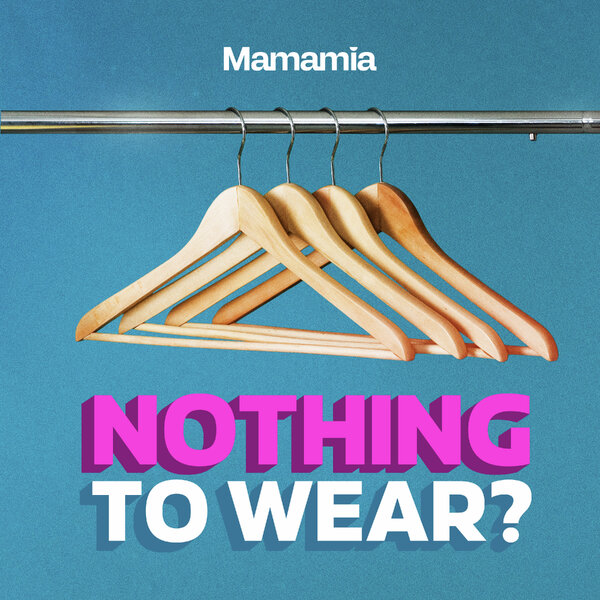Another independent Australian label called it quits. Sure, it’s easy to buy cheap clothes from overseas chains, but here’s why you should be supporting Australian fashion. That is, if you can afford it.
$700 for a dress. It’s galling, isn’t it? That’s 5 weeks of groceries. That’s a mortgage repayment. That’s 10 dresses on sale at Zara.
So, when you hear that a fashion brand which charges $700 for a dress is facing insolvency, you probably think “Well, duh.”
“Who buys a $700 dress?”
That’s exactly what happened yesterday, when Australian designer Josh Goot announced that his eponymous ten year old label has gone into Voluntary Administration.
The news divided our team. There were those on the “Well, duh” side – there were a lot of them – but then there were those that mourned the announcement. Because some of us, even if we personally can’t afford to buy a $700 dress, like the idea that there are Australian brands making them.
“Fashion is a business, not a charity”.
You’re not wrong. But fashion is a very particular kind of business. It’s a creative business and it’s a tough business, and for many, it feels like it’s an inherently important business to have in Australia. Surely Australian style deserves a voice, right?
Well if you think so, then it means we have to make certain concessions, because running a fashion business in Australia is really, really hard.
We all know how expensive it is to live in Australia, and especially to live in Sydney. Property is expensive, cafes are expensive, child care is expensive. And if you want to run a business in Australia, you have to pay your workers well enough to be able to afford all those expensive things.





























































































